Which of the following is not an arene?
A. Toluene
B. Phenol
C. Ethylbenzene
D. Cylclobuta-1,3diene
To determine which of the following compounds is not an arene, we need to understand the characteristics of arenes (aromatic compounds) based on Huckel's rule. Let's analyze each option step by step.
1. Understanding Arenes:
- Arenes are aromatic compounds that follow Huckel's rule. According to Huckel's rule, a compound must satisfy the following criteria to be considered aromatic:
- It must be cyclic.
- It must be planar.
- It must have a conjugated system (alternating single and double bonds).
- It must have an odd number of π (pi) electrons in the delocalized system.
2. Analyzing Each Compound:
- Option A: Toluene (C7H8)
- Structure: Toluene has a benzene ring with a methyl group.
- Cyclic: Yes.
- Planar: Yes.
- Conjugated system: Yes (alternating double bonds).
- π Electrons: There are 6 π electrons (from the benzene ring), which is an odd number.
- Conclusion: Toluene is an arene.
- Option B: Phenol (C6H6O)
- Structure: Phenol has a benzene ring with a hydroxyl group (-OH).
- Cyclic: Yes.
- Planar: Yes.
- Conjugated system: Yes (the -OH group can participate in resonance).
- π Electrons: There are 6 π electrons (from the benzene ring), which is an odd number.
- Conclusion: Phenol is an arene.
- Option C: Ethylbenzene (C8H10)
- Structure: Ethylbenzene has a benzene ring with an ethyl group.
- Cyclic: Yes.
- Planar: Yes.
- Conjugated system: Yes (alternating double bonds).
- π Electrons: There are 6 π electrons (from the benzene ring), which is an odd number.
- Conclusion: Ethylbenzene is an arene.
- Option D: Cyclobuta-1,3-diene (C4H4)
- Structure: Cyclobuta-1,3-diene is a four-membered ring with two double bonds.
- Cyclic: Yes.
- Planar: Yes.
- Conjugated system: Yes (the double bonds are conjugated).
- π Electrons: There are 4 π electrons (two double bonds), which is an even number.
- Conclusion: According to Huckel's rule, compounds with an even number of π electrons are considered anti-aromatic and thus not aromatic. Therefore, cyclobuta-1,3-diene is not an arene.
3. Final Answer: The compound that is not an arene is Cyclobuta-1,3-diene.
- Arenes are aromatic compounds that follow Huckel's rule. According to Huckel's rule, a compound must satisfy the following criteria to be considered aromatic:
- It must be cyclic.
- It must be planar.
- It must have a conjugated system (alternating single and double bonds).
- It must have an odd number of π (pi) electrons in the delocalized system.
- Option A: Toluene (C7H8)
- Structure: Toluene has a benzene ring with a methyl group.
- Cyclic: Yes.
- Planar: Yes.
- Conjugated system: Yes (alternating double bonds).
- π Electrons: There are 6 π electrons (from the benzene ring), which is an odd number.
- Conclusion: Toluene is an arene.
- Structure: Phenol has a benzene ring with a hydroxyl group (-OH).
- Cyclic: Yes.
- Planar: Yes.
- Conjugated system: Yes (the -OH group can participate in resonance).
- π Electrons: There are 6 π electrons (from the benzene ring), which is an odd number.
- Conclusion: Phenol is an arene.
- Structure: Ethylbenzene has a benzene ring with an ethyl group.
- Cyclic: Yes.
- Planar: Yes.
- Conjugated system: Yes (alternating double bonds).
- π Electrons: There are 6 π electrons (from the benzene ring), which is an odd number.
- Conclusion: Ethylbenzene is an arene.
- Structure: Cyclobuta-1,3-diene is a four-membered ring with two double bonds.
- Cyclic: Yes.
- Planar: Yes.
- Conjugated system: Yes (the double bonds are conjugated).
- π Electrons: There are 4 π electrons (two double bonds), which is an even number.
- Conclusion: According to Huckel's rule, compounds with an even number of π electrons are considered anti-aromatic and thus not aromatic. Therefore, cyclobuta-1,3-diene is not an arene.
Topper's Solved these Questions
Similar Questions
Knowledge Check
Which of the following is not the characteristics of an arene?
AA. ResonanceBB. Delocalization of pie electronsCC. More stabilityDD. Undergoes electrophilic addition reactionWhich of the following is not expected to be intermediate of the following reaction ?
 A
A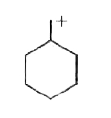 B
B C
C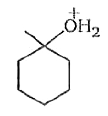 D
D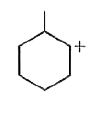
Which of the following is not true for a bike?
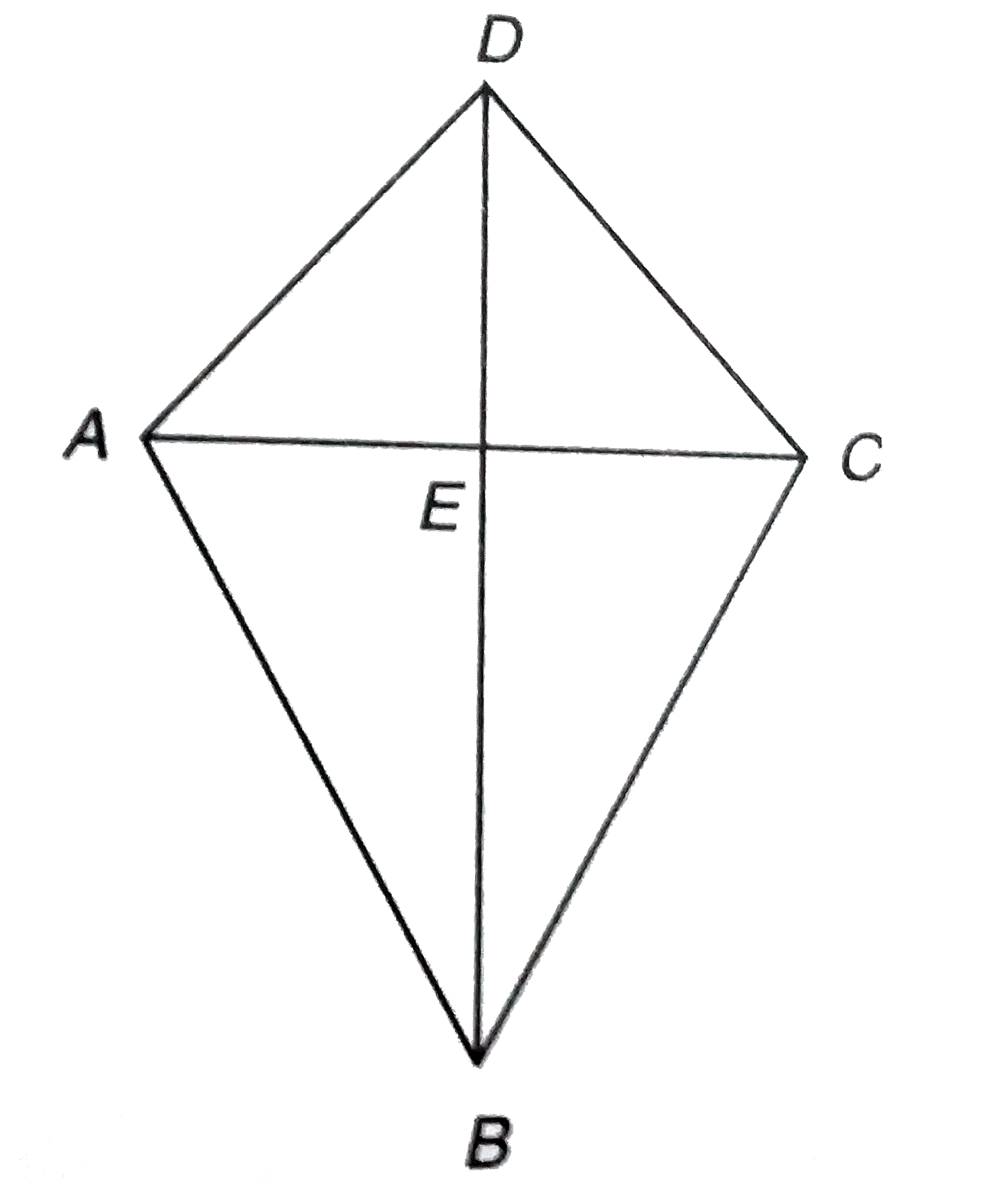 AAE=~CEBDE=~BEC∠ABE=~∠CBED∠E=90∘
AAE=~CEBDE=~BEC∠ABE=~∠CBED∠E=90∘
Which of the following is not an example of organochlorine which shows biomagnification?
View SolutionWhich of the following is known as freon which is used as a refrigerant ? .
View SolutionAmongst the following mammals which of the following is a monotreme?
View SolutionWhich of the following statements are not correct?
View SolutionWhich of the following is/are not the products in the following reaction?
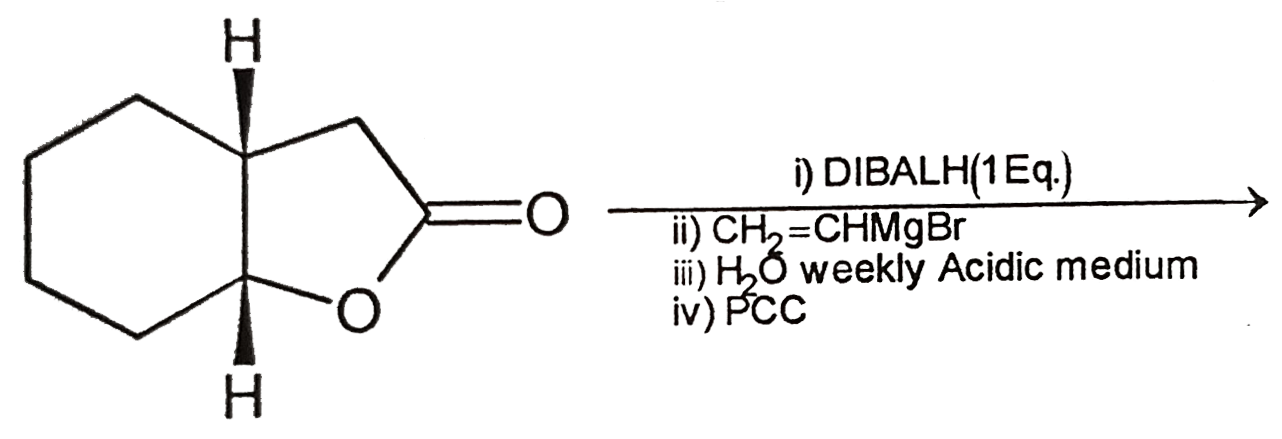
View Solution
